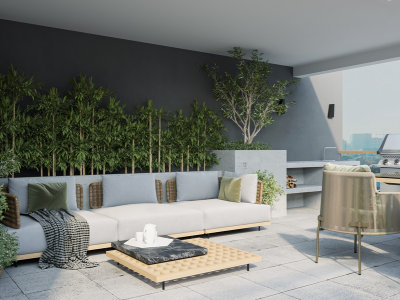
Sustainable interior design is becoming more than just a trend—it's a lifestyle choice that aims to create beautiful, functional spaces while minimizing environmental impact. With growing awareness of climate change and environmental conservation, many homeowners are looking for ways to design their homes in an eco-conscious manner without sacrificing style.
In this blog, we'll explore sustainable design principles and provide tips on how to make eco-friendly choices that enhance your home's ambiance and beauty.
1. Choose Sustainable Materials
The foundation of sustainable interior design lies in using materials that are eco-friendly and responsibly sourced. Look for materials that have a minimal environmental footprint, such as reclaimed wood, bamboo, cork and recycled metal. These materials not only add a natural organic feel to your home but are also durable and long-lasting.
Reclaimed wood, for example, can be used for furniture, flooring or accent walls, adding a rustic charm while reducing the demand for new wood. Bamboo, known for its rapid growth and renewable qualities is another great option for furniture and flooring.
Pro Tip: Choose FSC-certified (Forest Stewardship Council) products to ensure that the wood comes from responsibly managed forests.
2. Opt for Energy-Efficient Lighting
Lighting plays a crucial role in setting the mood and ambiance of a space, but traditional lighting solutions can be energy-intensive. By switching to energy-efficient lighting, such as LED or CFL bulbs, you can reduce energy consumption while still creating a warm and inviting atmosphere.
Incorporating natural light is another sustainable approach. Skylights, large windows and glass doors can flood your space with natural light, reducing the need for artificial lighting during the day. Additionally, smart lighting systems allow you to control the brightness and usage of lights remotely, improving efficiency.
Pro Tip: Consider dimmer switches and motion sensors to conserve energy when lighting is not needed.
3. Invest in Sustainable Furniture
When selecting furniture for your home, prioritize sustainability by choosing pieces made from renewable or recycled materials. Look for brands that focus on eco-friendly practices, such as using responsibly sourced wood, low-impact manufacturing processes and non-toxic finishes.
Another way to embrace sustainability is by investing in high-quality, timeless furniture that will last for years, reducing the need for frequent replacements. Vintage or second-hand furniture is also a sustainable option that adds character and uniqueness to your home.
Pro Tip: Upholster furniture with organic fabrics like linen, hemp or cotton, which are free from harmful chemicals and produced with lower environmental impact.
4. Reduce, Reuse and Recycle
Sustainability isn’t just about buying new eco-friendly products—it's also about making the most of what you already have. Repurposing or upcycling old furniture and décor items can reduce waste and give new life to pieces you might have otherwise discarded.
For example, an old wooden ladder can be transformed into a chic bookshelf or towel rack and leftover fabric can be repurposed for throw pillows or cushion covers. Recycling is also important—ensure that you recycle materials like paper, glass and plastic and choose décor made from recycled materials whenever possible.
Pro Tip: Upcycling DIY projects can add a personal touch to your space, making it both sustainable and uniquely yours.
5. Eco-Friendly Paints and Finishes
Traditional paints and finishes often contain harmful volatile organic compounds (VOCs) that can release toxins into the air, affecting indoor air quality. To create a healthier living environment, opt for low-VOC or zero-VOC paints and finishes, which are non-toxic and better for the environment.
There are now plenty of eco-friendly options available in a wide range of colors and finishes, so you don't have to compromise on style. These paints also tend to have minimal odor and are safer for families, especially those with children or pets.
Pro Tip: When painting, ensure proper ventilation to maintain air quality and allow fresh air to circulate.
6. Incorporate Green Energy Solutions
As part of sustainable interior design, many homeowners are adopting green energy solutions such as solar panels, energy-efficient appliances and smart thermostats. Solar panels, for instance, allow you to generate clean energy to power your home, reducing reliance on fossil fuels.
Energy-efficient appliances use less water and electricity, helping you save on utility bills while reducing your carbon footprint. Smart thermostats, on the other hand, allow you to monitor and adjust your home's temperature remotely, ensuring optimal energy usage.
Pro Tip: Look for ENERGY STAR-certified appliances, which meet strict efficiency guidelines set by the U.S. Environmental Protection Agency.
7. Bring Nature Indoors
Biophilic design, which emphasizes a strong connection to nature is another important aspect of sustainable design. By incorporating indoor plants, natural materials and organic shapes, you create a space that feels more connected to the natural world while improving air quality and well-being.
Indoor plants not only purify the air by absorbing toxins, but they also enhance the visual appeal of your home. Choose low-maintenance plants like spider plants, snake plants and peace lilies that thrive indoors with minimal care.
Pro Tip: Use locally sourced plants and materials to reduce the carbon footprint associated with transportation and contribute to the local economy.
Conclusion:
Sustainable interior design is all about making mindful choices that benefit both the environment and your well-being. By incorporating eco-friendly materials, energy-efficient systems and timeless furniture, you can create a stylish home that is both beautiful and sustainable.
As you embark on your sustainable design journey, remember that even small changes, such as switching to eco-friendly paints or adding indoor plants, can make a big difference. The result is a home that is not only kind to the planet but also a sanctuary for you and your family.


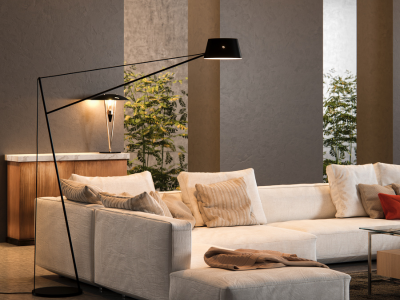
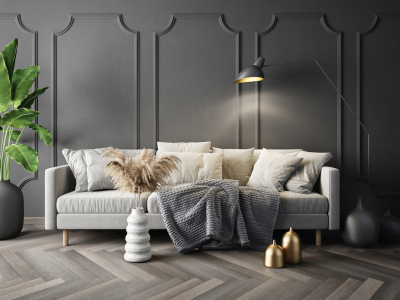
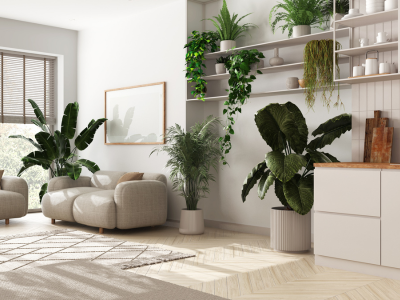
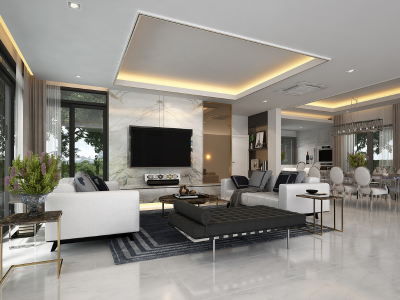
Thanks for some other informative blog. Where else may I get thhat type of information written in such a perfect method? I have a project thhat I am just now running on, and I've been at the look out for such information. http://Boyarka-Inform.com
Right now it lpoks like Expression Engine is the best blogging platform oout there right now. (from what I've read) Is that what you're using on your blog? http://boyarka-inform.com/